Mikve Rajel
Pascal Arquitectos | Mexico City, Mexico | 2011
For this FSA feature, we highlight Mikve Rajel (Mikvah Rachel), a Jewish ritual bath designed and built by the architectural firm Pascal Arquitectos to serve the local Jewish community in Mexico City. Central to Jewish religious life is the rite of purification through ritual bathing. There are strict regulations regarding the purity of the water that is employed, which should be “living water” from rainwater or a spring. In addition, there are also specific requirements pertaining to the facility in which the bath is housed including its materials, layout, and architecture measurements.
Originally a site for a small bath house constructed by Pascal Arquitectos some two decades earlier, Mikve Rajel is an updated replacement in a region bereft of mikvehs. According to the description provided by the architects, “there were other such places but not very fortunate, dirty and neglected, community members were not going any longer, and the ritual was disappearing, which according to the Jewish religion is the most important.” Thus, Pascal Arquitectos helped sustain the practice of such an important sacred Jewish ritual and space through their architectural renovation.
The design of the spatial sequence within the Mikve Rajel replicates the sacred meaning of the purification ritual.
Select Images

